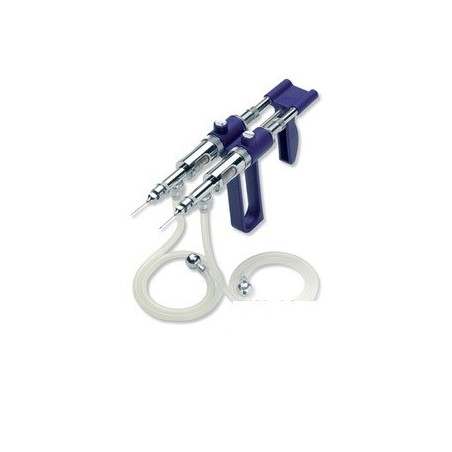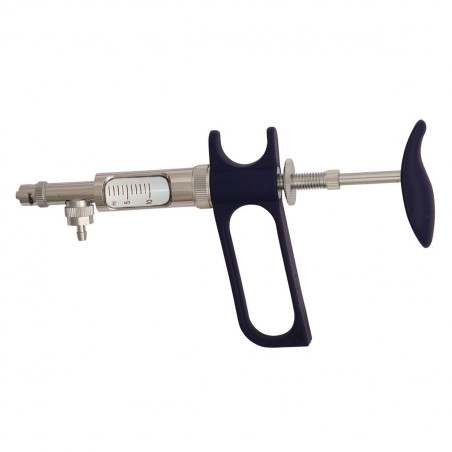Porcine reproductive and respiratory syndrome virus (PRRSv) outbreaks cause significant financial losses to the U.S. swine industry, where the pathogen is endemic. Seasonal increases in the number of outbreaks are typically observed using PRRSv epidemic curves. However, the nature and extent to which demographic and environmental factors influence the risk for PRRSv outbreaks in the country remains unclear. The objective of this study was to develop risk maps for PRRSv outbreaks across the United States (U.S.) and compare ecological dynamics of the disease in five of the most important swine production regions of the country. This study integrates spatial information regarding PRRSv surveillance with relevant demographic and environmental factors collected between 2009 and 2016. We used presence-only Maximum Entropy (Maxent), a species distribution modeling approach, to model the spatial risk of PRRSv in swine populations.
The relative contribution of pig density to PRRSv risk was highest in pig-densely populated areas (Minnesota, Iowa and North Carolina), whereas climate and land cover were important in areas with relatively low pig densities (Illinois, Indiana, South Dakota, Nebraska, Kansas, Oklahoma, Colorado, and Texas). Although many previous studies associated the risk of PRRSv with high pig density and climatic factors, the study here quantifies, for the first time in the peer-reviewed literature, the spatial variation and relative contribution of these factors across different swine production regions in the U.S.

The results will help in the design and implementation of early detection, prevention, and control strategies for one of the most devastating diseases affecting the swine industry in the U.S.
Alkhamis MA, Arruda AG, Vilalta C, Morrison RB, Perez AM; Surveillance of Porcine Reproductive and Respiratory Syndrome Virus in the United States using Risk Mapping and Species Distribution Modeling; Prev Vet Med. 2017 Nov 16. pii: S0167-5877(17)30008-9. doi: 10.1016/j.prevetmed.2017.11.011.







